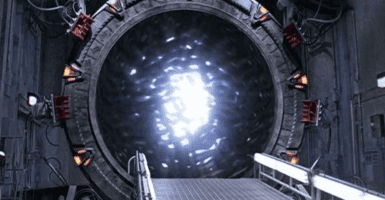Desert Plains Reveal Hundreds Of Ancient Glyphs

The use of drone technology and AI has led to the discovery of more than 300 mysterious formations in southern Peru along the Nazca Pampa plateau. The Nazca glyph’s purposes have been speculated by archeologists and conspiracy theorists alike since the first ones were discovered in the 1940s. But the new technology that was employed by a team of Japanese university leaders means that there are now nearly double the amount of these formations than originally known.
Nazca Glyphs
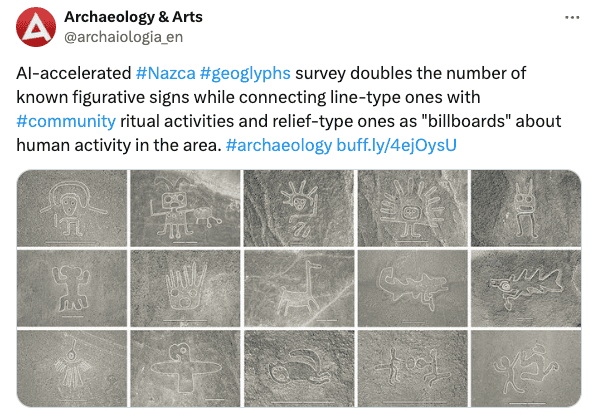
The latest Nazca glyphs discovery was led by archaeologist and anthropologist Masato Sakai, whose team traveled to the south of Peru from Japan’s Yamagata University.
In an interview with Science Alert, Sakai stated that he was able to use AI-generated field surveys and remote sensing to not only discover more of these shapes, but also to shed some light as to why they were constructed by ancient peoples.
As Early As 500 BCE
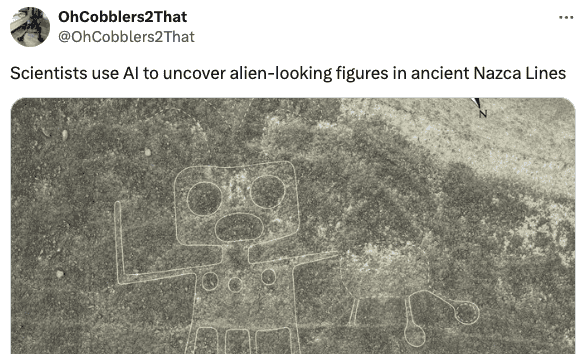
The Nazca glyphs are believed to have been carved into the plateau beginning as early as 500 BCE.
The centuries of rain and erosion have made them fade over time, some of them vanishing forever to the naked eye. The combination of nature’s effect on the glyphs over the years and the massive size of the Nazca Pampa have worked to make proper research a daunting task.
The Nazca Pampa that hosts the Nazca glyphs is too large for great fieldwork to be conducted, with many of them being carved into the rock from high points on the plateau’s formation. The Nazca Pampa covers more than 150 square miles of land, which would take an eternity to cover by hand.
Drones + AI

For 20 years, Sakai has utilized a form of remote sensing to uncover numerous Nazca glyphs prior to his team using AI and drones.
In fact, of the 430 previously known glyphs, the researcher team under his command takes credit for discovering 318.
Sakai’s newest additions to the growing number of known Nazca glyphs include 178 that were found using AI technology. The faint remnants of carvings are input into software that imagines the connectivity of ancient lines that make shapes of various human and animal interactions.
Form Of Communication
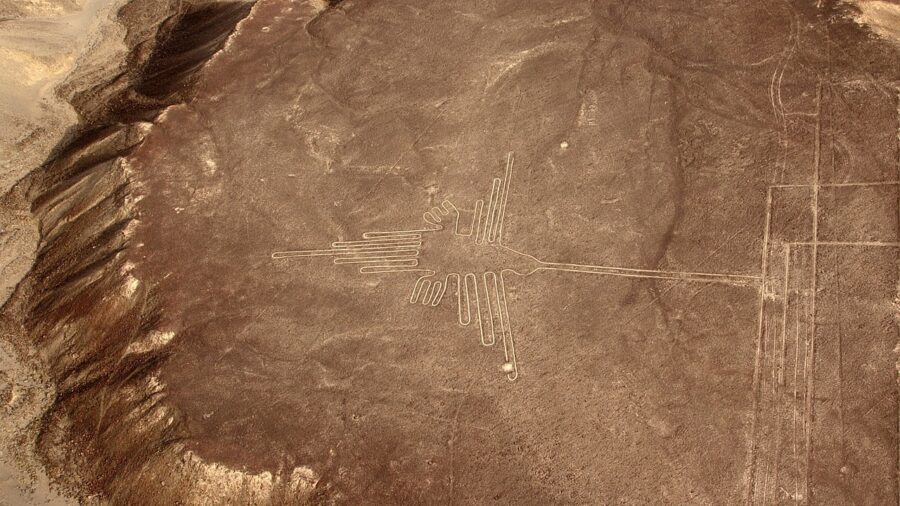
The size and placement of the newly discovered Nazca glyphs might well tell scientists what these were originally intended for.
The ones that appear at or near eye level along old trials indicate that they were intended as a form of eye-catching decor for passersby, while the glyphs higher up the plateau are theorized to be part of ancient Nazca ceremonies.
Sakai believes that these glyphs might also have served as a form of communication or for relaying important pieces of Nazca history.
Telling A Bigger Story
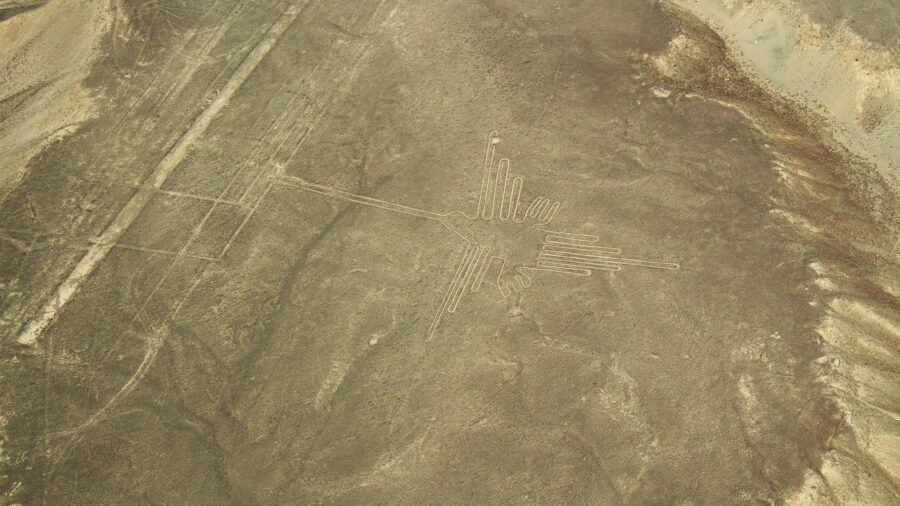
How these Nazca glyphs are arranged and combined might even tell a bigger story. Sakai points out that these ancient Andean civilizations would commonly use glyphs to document important information and feels as though these Nazca glyphs might not be any different. It’s a mystery that he says he’s still poised to help solve, stating that he wants to “decipher the information embedded in the geoglyphs.”
Sources: PNAS


